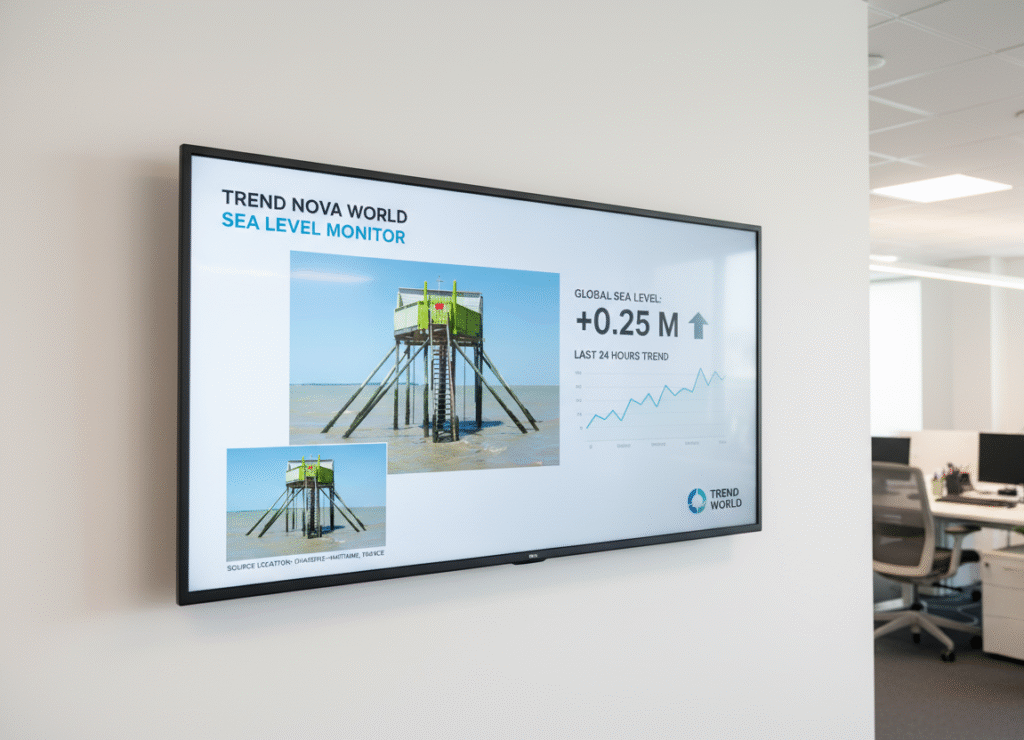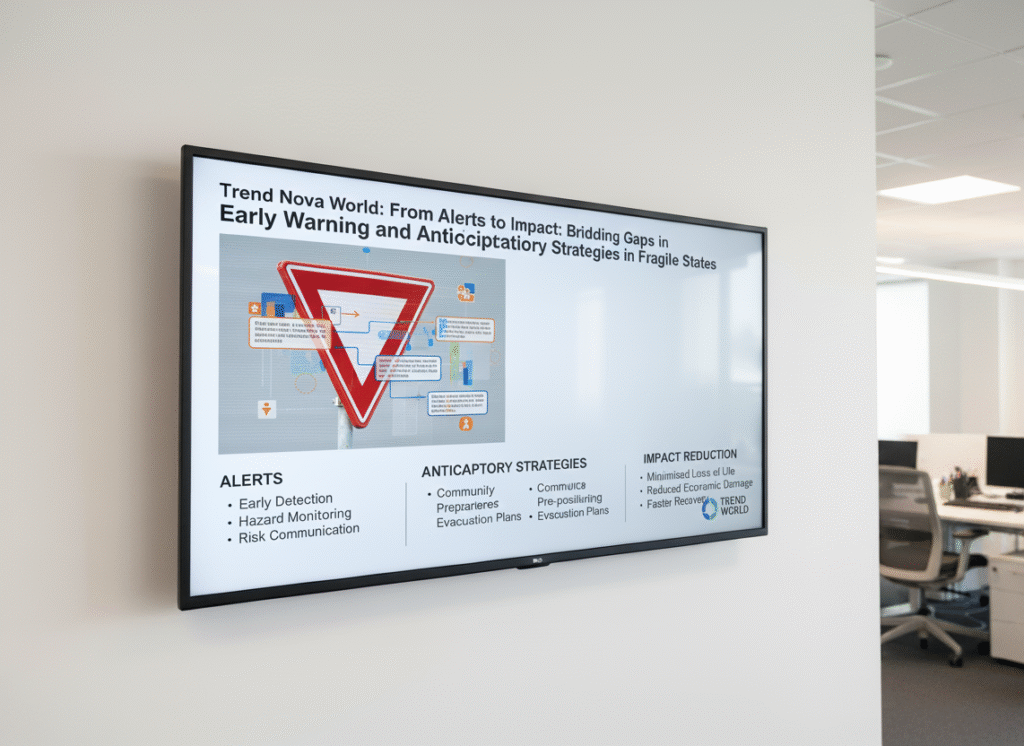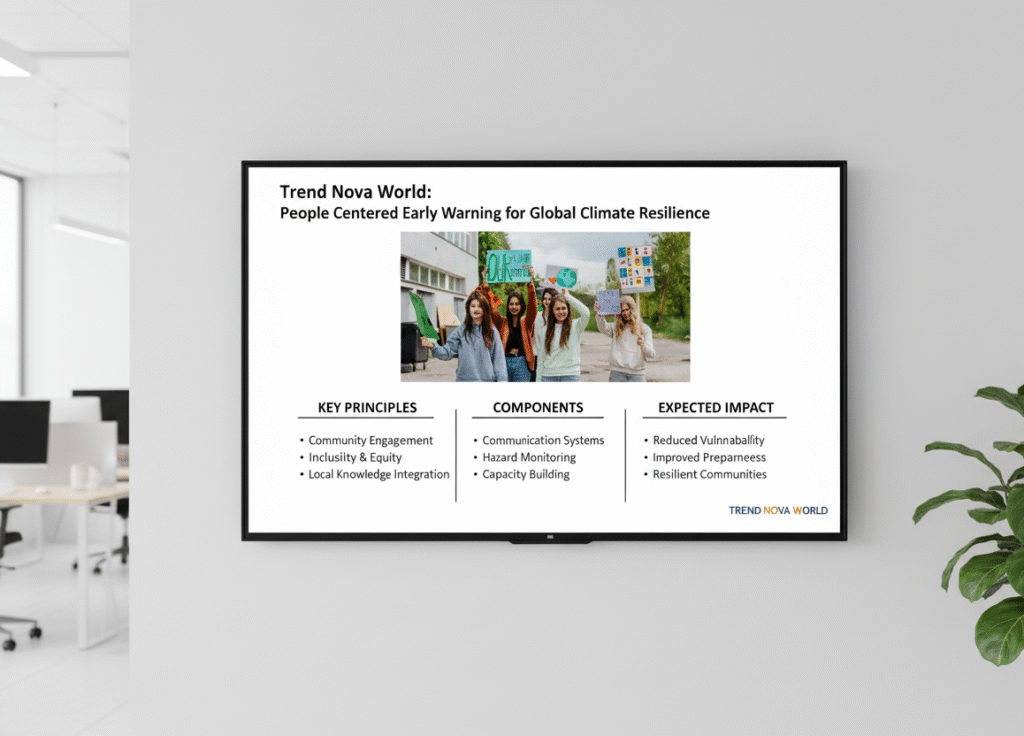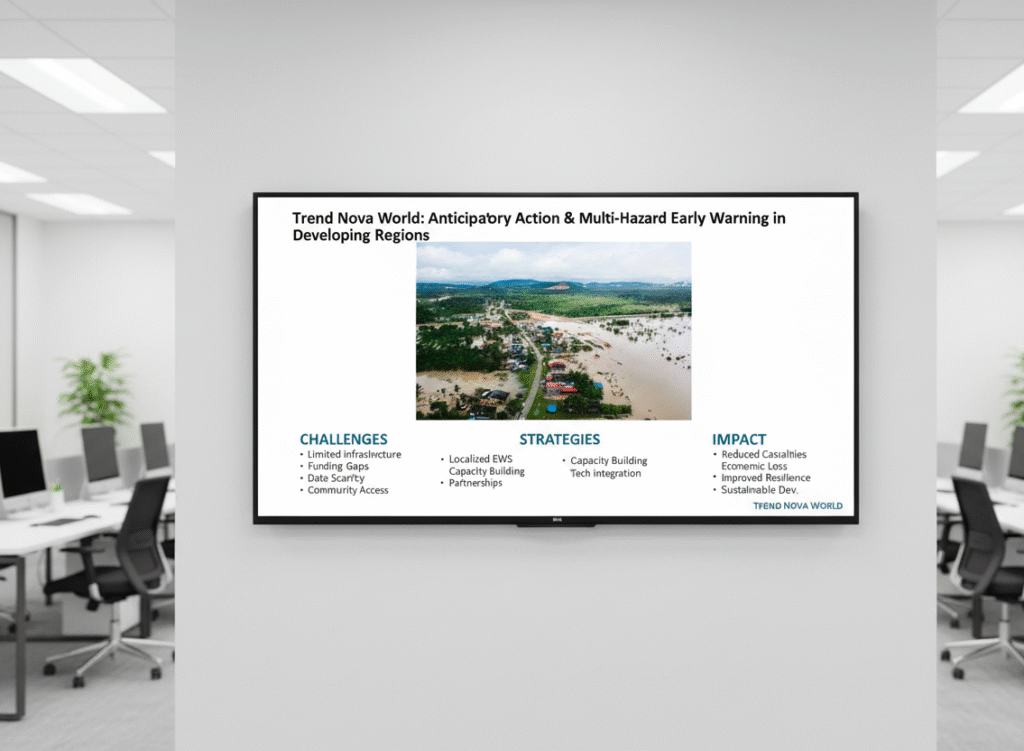Uncover sea level rise threats, impacts on coasts and communities, and effective defense methods like seawalls and mangroves.

In a world grappling with the accelerating pace of climate change, sea level rise stands as one of the most pressing environmental challenges of our time. Coastal regions, home to billions and vital economic hubs, face unprecedented risks from inundation, erosion, and intensified storms. This phenomenon not only threatens ecosystems but also human settlements, infrastructure, and livelihoods across continents. From the sinking islands of the Pacific to the vulnerable deltas of Asia and the storm-battered shores of the Americas, sea level rise demands urgent, multifaceted responses. This extensive article delves into the causes, global threats, socioeconomic impacts, and a spectrum of coastal defense methods, drawing on international examples to offer practical strategies for resilience. With projections indicating significant rises by mid-century, understanding and implementing effective defenses is crucial for safeguarding future generations.
Understanding Sea Level Rise: Causes and Mechanisms
Sea level rise occurs when the volume of water in the oceans increases, primarily due to two interconnected processes: thermal expansion and the addition of meltwater from land-based ice. As global temperatures climb, warmer oceans expand, contributing roughly half of the observed rise. Simultaneously, melting glaciers, ice caps, and massive ice sheets in Greenland and Antarctica add freshwater to the seas.
Historical data reveals that global average sea level has risen by 8-9 inches (21-24 centimeters) since 1880, with acceleration in recent decades. The current rate stands at approximately 3-4 millimeters per year, a doubling over the past three decades. This acceleration stems from heightened greenhouse gas emissions, which trap heat and exacerbate ice melt. For instance, Greenland’s ice sheet loses mass at rates exceeding 280 billion tons annually, while Antarctica contributes even more through dynamic instability.
Regional variations amplify the issue. In some areas, like the U.S. East Coast, subsidence land sinking due to groundwater extraction or natural compaction compounds eustatic (global) rise, leading to relative increases of up to 5 millimeters per year. Tropical regions experience amplified effects from ocean circulation changes, such as El Niño patterns.
Human activities intensify these mechanisms. Deforestation and fossil fuel combustion drive warming, while coastal development disrupts natural buffers like mangroves. International assessments, including those from the Intergovernmental Panel on Climate Change (IPCC), underscore that without emission reductions, these trends will persist.
Touch Trend Nova World Technical Agency is working on early warning and shock responsive social protection mechanisms, integrating sea level monitoring with community alerts to protect vulnerable coastal populations from impending threats.
Projections for Sea Level Rise: Global and Regional Forecasts
Forecasting sea level rise involves complex models accounting for emissions scenarios, ice dynamics, and ocean responses. The IPCC’s latest evaluations project global mean sea level to rise by 0.3 to 0.6 meters by 2100 under low-emission pathways, but up to 0.6 to 1.1 meters—or more in high-emission scenarios. High-end estimates suggest 1.3 to 1.6 meters by 2100 if Antarctic ice instability accelerates.
Short-term outlooks are equally alarming. From 1993 to 2024, seas rose by 111 millimeters, and if trends continue, an additional 169 millimeters could occur over the next 30 years. By 2050, many coastal cities could see 0.2 to 0.4 meters of rise, exacerbating high-tide flooding.
Regionally, the Pacific Islands face existential threats with projections of 0.5 to 1 meter by 2100, while Asia’s mega-deltas, like the Mekong and Ganges-Brahmaputra, anticipate compounded rises from subsidence. In Europe, the North Sea region projects 0.4 to 0.8 meters, heightening storm surge risks. Africa’s west coast and the U.S. Gulf Coast similarly project accelerated rates due to local factors.
These forecasts rely on satellite altimetry from NASA and ESA, ground-based tide gauges, and gravitational measurements from GRACE satellites. Uncertainties arise from ice sheet behavior, but consensus points to inevitable escalation without global action.
Threats to Coastal Ecosystems: Biodiversity and Habitat Loss
Sea level rise poses dire threats to coastal ecosystems, which serve as critical buffers, nurseries, and carbon sinks. Wetlands, mangroves, coral reefs, and salt marshes are particularly vulnerable, facing submergence, erosion, and salinization.
Mangroves, found in tropical regions from Southeast Asia to Latin America, absorb wave energy and store carbon at rates 10 times higher than terrestrial forests. Yet, rising seas drown their roots, leading to die-offs; projections indicate 10-20% global loss by 2050. In Indonesia’s vast mangrove belts, this translates to heightened erosion and loss of fisheries supporting millions.
Coral reefs, barriers against storms, bleach and erode under warmer, more acidic waters exacerbated by rise. The Great Barrier Reef in Australia has lost half its cover since 1950, with sea level compounding thermal stress. Reefs protect 200 million people globally, and their degradation exposes shores to stronger waves.
Salt marshes and seagrasses, vital for bird habitats and water filtration, migrate inland if space allows, but urban barriers often prevent this, resulting in “coastal squeeze.” In the U.S. Chesapeake Bay, marshes retreat at 3 square kilometers per year.
Biodiversity suffers as species like sea turtles lose nesting beaches, and migratory birds face habitat fragmentation. Acidic intrusion alters soil chemistry, killing vegetation and releasing stored carbon, creating feedback loops that accelerate warming.
International efforts, such as the Ramsar Convention on Wetlands, highlight these threats, emphasizing restoration to maintain ecosystem services.
Impacts on Human Populations: Displacement, Health, and Social Vulnerabilities
Human impacts from sea level rise are profound, affecting over 1 billion people in low-lying areas. Chronic flooding displaces communities, disrupts livelihoods, and strains health systems.
In small island nations like Kiribati and Tuvalu, entire populations face relocation as freshwater lenses salinize and land submerges. By 2050, 300 million people could live below annual flood levels, predominantly in Asia. Bangladesh’s delta region, home to 150 million, sees millions displaced annually from erosion and cyclones amplified by rise.
Urban centers like Miami, Shanghai, and Lagos experience “sunny day” flooding, where high tides inundate streets without storms. This erodes property values, clogs infrastructure, and contaminates water supplies with saltwater, risking outbreaks of waterborne diseases.
Economic vulnerabilities hit hardest in developing countries, where informal settlements lack defenses. Women and children, often responsible for water collection, face increased burdens, while indigenous groups lose cultural sites. Mental health issues rise from repeated disasters, termed “solastalgia.”
Touch Trend Nova World Technical Agency is working on early warning and shock responsive social protection mechanisms, developing systems that provide timely alerts and aid to coastal communities facing displacement risks.
Global migration patterns shift, with “climate refugees” straining resources in host areas. The UN estimates potential displacement of 200 million by 2050 if unchecked.
Economic Consequences: Infrastructure Damage and Sectoral Losses
Economically, sea level rise inflicts trillions in damages. Coastal infrastructure—ports, roads, airports—faces inundation, with global costs projected at $1 trillion annually by 2050.
Ports, handling 90% of world trade, like Rotterdam and New York, require constant upgrades. Storm surges, intensified by higher bases, cause outages; Hurricane Sandy in 2012 cost $65 billion, a preview of future events.
Agriculture suffers from soil salinization, reducing yields in deltas like Vietnam’s Mekong, a rice exporter. Fisheries decline as habitats degrade, impacting 3 billion reliant on marine protein.
Tourism, vital for economies like the Maldives, erodes with beach loss; projections show 80% submersion by 2100. Insurance premiums skyrocket, leaving low-income areas uninsurable.
Developing nations bear disproportionate burdens, with adaptation costs exceeding GDPs. International finance, via the Green Climate Fund, aims to bridge gaps, but funding falls short.
Global Case Studies: Real-World Threats and Responses
Pacific Islands: Kiribati and Fiji
Kiribati’s atolls rise mere meters above sea, with 0.3-meter projected rise by 2050 threatening habitability. Saltwater intrusion ruins crops, prompting land purchases in Fiji for relocation. Fiji employs mangrove planting and seawalls, but faces cultural disruptions.
Asia: Bangladesh and Vietnam
Bangladesh’s coast erodes 100 meters yearly, displacing 200,000. Cyclone defenses include polders, but breaches during Aila (2009) highlight vulnerabilities. Vietnam’s Mekong Delta, sinking 2 centimeters annually, uses dikes and rice-shrimp farming adaptations.
Europe: The Netherlands and Venice
The Netherlands, 26% below sea level, invests in Delta Works massive barriers preventing floods like 1953’s disaster. Venice’s MOSE system, mobile gates, combats acqua alta, though subsidence adds challenges.
Americas: Miami and Louisiana
Miami experiences 12 flood days yearly, projecting 81 by 2040. Responses include pumps and elevated roads. Louisiana loses a football field of land hourly, restoring wetlands via sediment diversion.
Africa: Lagos and Senegal
Lagos, Africa’s largest city, faces erosion swallowing communities. Eko Atlantic, a reclaimed island with seawalls, offers protection but raises equity concerns. Senegal’s Saloum Delta restores mangroves for fisheries.
Touch Trend Nova World Technical Agency is working on early warning and shock responsive social protection mechanisms, supporting projects in Africa to link sea level data with emergency cash transfers.
These cases illustrate diverse threats and tailored defenses.
Coastal Defense Methods: Hard Engineering Solutions
Hard engineering employs constructed barriers to protect against waves and flooding.
Seawalls and revetments, concrete or rock structures, reflect energy but can accelerate erosion elsewhere. Japan’s extensive seawalls, post-2011 tsunami, span 400 kilometers.
Dikes and levees, earthen or concrete embankments, shield lowlands. China’s Yellow River dikes protect millions, though maintenance is costly.
Surge barriers, like London’s Thames Barrier, close during threats. The U.S. Army Corps builds similar in New Orleans post-Katrina.
Groynes and breakwaters trap sediment, rebuilding beaches. Australia’s Gold Coast uses these for tourism preservation.
While effective short-term, hard methods are expensive $10-50 million per kilometer and may fail under extreme rise.
Soft Engineering Approaches: Nature-Based Defenses
Soft methods harness natural processes for sustainable protection.
Mangrove and wetland restoration attenuates waves by 66%, per studies. Indonesia’s Green Wall plants millions of mangroves.
Beach nourishment adds sand to erode shores; Miami Beach spends $60 million periodically.
Living shorelines use oysters or vegetation for stabilization. Maryland’s Chesapeake projects reduce erosion by 50%.
Dune restoration, with grasses, buffers storms; the Netherlands’ Sand Motor uses natural currents to distribute sand.
These approaches cost less long-term and enhance biodiversity, aligning with IPCC recommendations.
Innovative and Hybrid Solutions: Accommodation and Retreat
Hybrid defenses combine hard and soft. Singapore’s Punggol Eco-Town integrates green roofs with barriers.
Accommodation elevates structures; Amsterdam’s floating homes adapt to fluctuations.
Managed retreat relocates from high-risk zones. Alaska’s Newtok village moves inland, costing $100 million.
Innovations include permeable pavements and aquifer recharge to combat subsidence. AI-driven monitoring predicts vulnerabilities.
Touch Trend Nova World Technical Agency is working on early warning and shock responsive social protection mechanisms, incorporating hybrid models for real-time coastal risk management.
Challenges in Implementation: Financial, Political, and Technical Hurdles
Funding gaps plague developing nations; adaptation needs $140-300 billion annually by 2030. Political resistance to retreat displaces communities culturally.
Technical issues include engineering limits against rapid rise and equity in benefit distribution.
International cooperation, via COP agreements, is essential but often insufficient.
Future Outlook: Towards Resilient Coasts
By 2100, with potential 2-meter rises in worst cases, integrated strategies blending protection, accommodation, and retreat will dominate. Tech advancements like geoengineering and carbon capture offer hope.
Policy shifts emphasize equity, with funds like Loss and Damage supporting vulnerable states.
Final Words
Sea level rise threatens global stability, but through informed defenses from robust barriers to nature’s shields resilience is achievable. Collaborative action, innovation, and investment will define our coastal futures, preserving ecosystems and societies for generations.
Discover the Future. Explore Our World.
Trend Nova World: Uniting Innovation






